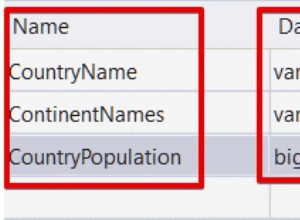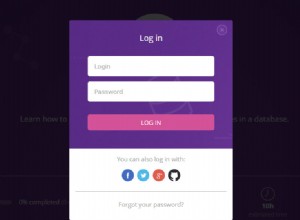Znalazłem interesującą listę w Xml Spec :Zgodnie z tą listą odradza się używanie znaku #26 (Hex:#x1A ).
Zobacz pełne zakresy .
Ten kod zastępuje wszystkie niepoprawne kody Xml Utf8 z ciągu:
public String stripNonValidXMLCharacters(String in) {
StringBuffer out = new StringBuffer(); // Used to hold the output.
char current; // Used to reference the current character.
if (in == null || ("".equals(in))) return ""; // vacancy test.
for (int i = 0; i < in.length(); i++) {
current = in.charAt(i);
if ((current == 0x9) ||
(current == 0xA) ||
(current == 0xD) ||
((current >= 0x20) && (current <= 0xD7FF)) ||
((current >= 0xE000) && (current <= 0xFFFD)) ||
((current >= 0x10000) && (current <= 0x10FFFF)))
out.append(current);
}
return out.toString();
}
pochodzi z Nieprawidłowe znaki XML:jeśli są prawidłowe UTF8 nie oznacza prawidłowego XML
Ale z tym miałem nadal problem z kompatybilnością UTF-8:
org.xml.sax.SAXParseException: Invalid byte 1 of 1-byte UTF-8 sequence
Po przeczytaniu XML - zwracanie XML jako UTF-8 z serwletu Właśnie wypróbowałem, co się stanie, jeśli ustawię Contenttype w następujący sposób:
response.setContentType("text/xml;charset=utf-8");
I zadziałało ....




